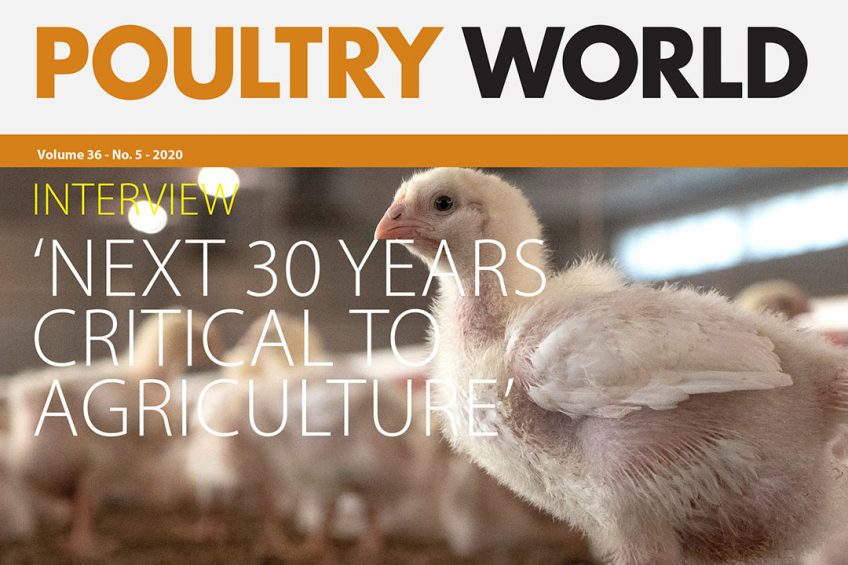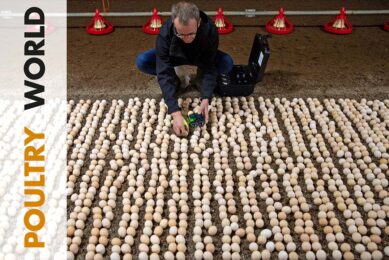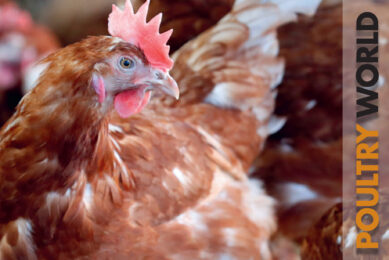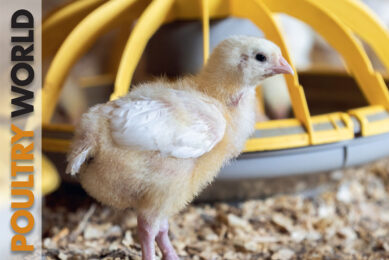Poultry World edition 5 of 2020 is now online

In this edition we interview the CEO of Alltech, Dr Mark Lyons, who sees opportunity in the agriculture space. We learn more about dwarf female birds from an experienced young Dutch poultry farmer, and we unpack ways to keep hatcheries – both the birds and the workers – safe during the Covid pandemic. We also shine a light on the improved performance of birds reared under adequate periods of darkness.
View Poultry World Digital Magazine
Poultry World interviews Alltech CEO, Dr Mark Lyons
Dr Mark Lyons, CEO of Alltech, shares his ever-evolving thoughts on the future of agriculture. In a time of worldwide disruption where many challenges exist, he sees opportunities. “There is so much to discover, millions of ideas to chase and apply and, last but not least, stories to tell which show that plants, animals and people can thrive,” he says.
Iran: Politics hinders poultry sector
Iranian poultry farmers could boost exports to half a million tonnes annually. National politics and sanctions, however, remain insuperable obstacles.

Reducing antibiotics with a 4-phase farm management blueprint
Reducing antimicrobials from poultry production requires good farm practices, protocols and environmental conditions. We unpack a phase-by-phase farm management blueprint for removing antimicrobials without compromising performance or profitability.

Young poultry farmer, dwarf parent stock
In this farm report we visit a farm in the Netherlands where a passionate 22-year-old poultry farmer has gained considerable experience with Hubbard JA57 and JA87 dwarf female birds. Laying nest occupancy is a focal point, he says.

View Poultry World Digital Magazine
Improved phytase efficacy unlocks potential
To meet the growing global demand for chickens, broiler production has been continuously expanding. Phytases are used in broiler feeds to increase amino acids and phosphorous availability, thereby improving growth performance. In this article we address the question: Can phytases keep up with the continuous demand for increasingly sustainable and cost-effective broiler production?

Keeping hatcheries safe during Covid-19
Extra preventative measures are required to safeguard hatchery workers during Covid-19. This is to protect the workers and the business, as well as the vital role of hatcheries in the food supply chain. We look at the basis of best-practice hygiene to protect hatchery workers.

Producing broilers under quota regulations
In this farm report we go to Ontario, Canada, where Prinzen Poultry Farm believes that investing time and money at the start goes a long way to ensure broilers have a good first 10 days of life.

Six nutritional considerations when feeding DDGS to layers
DDGS is an excellent feedstuff at inclusion rates of 3-5% for pullets and up to 15% for layers. Nutritional composition and quality differ substantially between sources of DDGS. There are many aspects to consider.

View Poultry World Digital Magazine
Lighting considerations for commercial broilers
Poultry World speaks to Cobb broiler specialist Brendan Graaf to learn more about how to improve lighting conditions in commercial broiler operations.

Native birds as a valuable genetic resource
There is great potential in the gene pool of native birds, according to Italian researchers.

US/UK antibiotic use in poultry examined
In this research article we consider if trade will be affected considering antibiotic use in turkeys in the US is about nine times as high as use in UK birds, while US chickens are given twice as much antibiotics as in the UK.
DNA insights set to help poultry producers in developing countries
An international study has made some key discoveries about parts of the chicken genetic code derived from viruses.

To access the magazine section, where you will find the as well as other magazines from specialists in the agriculture industry, simply register for free.
 Beheer
Beheer








 WP Admin
WP Admin  Bewerk bericht
Bewerk bericht